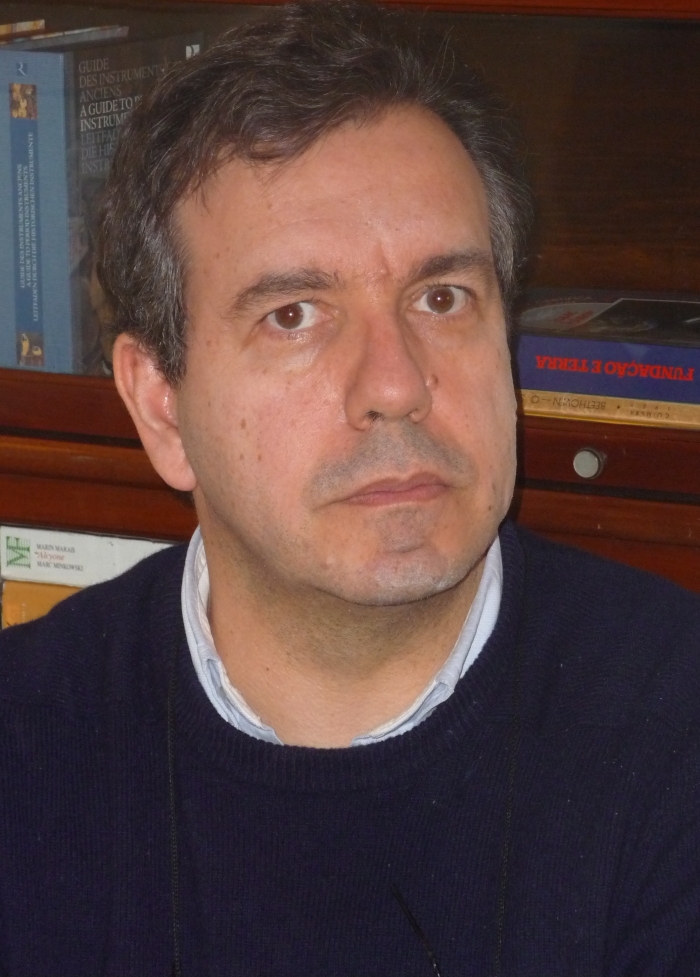 Henrique M. Oliveira
Henrique M. Oliveira (
Centro de
Análise Matemática Geometria e Sistemas
Dinâmicos, Dep. Mat., IST UL)
homepage
Dynamics of
structured populations with low
senescence
Abstract: The
population matrices with a countable
infinite number of age-classes introduced by
Demetrius is a natural generalization of the
Leslie matrix model. The biological
significance of infinite population matrices
revolve around their applications to the
studies of the evolution of clonal plants,
mortality plateau and negligible senescence.
This talk explores the relation between the
infinite and finite dimensional population
models by considering two macroscopic
parameters
of these models, the asymptotic growth rate
and the generation time, both related to the
properties of the Euler-Lotka equation.
Earlier studies of infinite population
matrices have appealed to the theory of
positive operators on partially ordered
Banach spaces. This paper addresses the
problem using the theory of kneading
determinants. The significance of
this methodology rests on its computational
power - an important requisite in biological
applications of the model.
 Daniel Olivença
Daniel Olivença (
BIOISI: Biosystems
and Integrative Sciences Institute,
Faculdade de Ciências da Universidade de
Lisboa, Portugal).
+info
A mathematical model of the
phosphoinositide pathway in human
pulmonary epithelial cells.
Abstract:
Phosphoinositides are five percent of
phospholipids, the building blocks of the
cell membranes. They have an inositol ring
as their hydrophobic head and it can be
phosphorylated in the third, fourth and
fifth positions. These phosphorylations give
rise to the seven subspecies of
phosphoinositides. They are signaling lipids
and have diverse functions such to serve as
cell membranes identifiers or ion channel
regulators. In recent years, much attention
was devoted to the phosphoinositides, not
only because of their involvement in
diseases such as cancer or cystic fibrosis
but also due to the emergence of new methods
that allowed their study.
Here, we propose an exploratory model based
on the current state of knowledge of this
pathway. It is a generalized mass action
system of differential equations with
power-law approximations based on the
biochemical system theory framework
developed by Savageau and Voit.
The model was implemented in R and links
phenomena as cell polarization and pathogen
infection strategies with a bistability of
PTEN, PI3KI and the phosphoinosidites that
these enzymes catalyze and suggests roles
for some of the less abundant
phosphoinositide sub-species. We are now on
the parameter analysis phase and plan to use
the model to test hypothesis previously
formulated and to search for therapeutic
targets in the context of cystic fibrosis.
 José Augusto Pereira
José Augusto Pereira (
ICBAS-Instituto
de Ciências Biomédicas de Abel Salazar,
Porto)
homepage
Biochemical interpretations of cycles
and cofactors on a string language with
ambiguous grammar.
Abstract: Since
life is composed of complex molecules,
hypothesis about its origin and evolution
typically propose polymerization of simpler
molecules using energy and catalysis under a
set of conditions. Computational models of
this type of systems are often based on
artificial chemistries [1] composed of
symbolic strings, interpreted as molecules,
and operations on the strings, interpreted
as reactions. The characterization of the
resulting networks of strings by elementary
flux mode (EFM) analysis [2] reveals many
biological traits such as reaction coupling,
intermediate cycling (molecular markers and
ATP-like molecules) and autocatalytic cycles
[3]. Looking at the artificial chemistry as
a formal system with a specific language and
production rules, it is conjectured that the
cycles are facilitated by an ambiguous
grammar for the language, that is, when more
than one string set can be derived from the
same set of “reacting” strings.
 Maria Filomena Teodoro
Maria Filomena Teodoro (
CEMAT:
Center for Computational and Stochastic
Mathematics and CINAV, Portuguese Naval
Academy, Almada, Portugal)
homepage
Modelling the Nervous Conduction in a
Myelinated Axon.
Abstract: In
this talk it is studied the nerve
conduction in a myelinated axon. An
appropriate stimulus begins a propagate
action potential which travels down the
axon. It can be understood as a
traveling wave of voltage. It is
presented a computational approximation
for the solution of a mixed equation
that models nerve conduction.